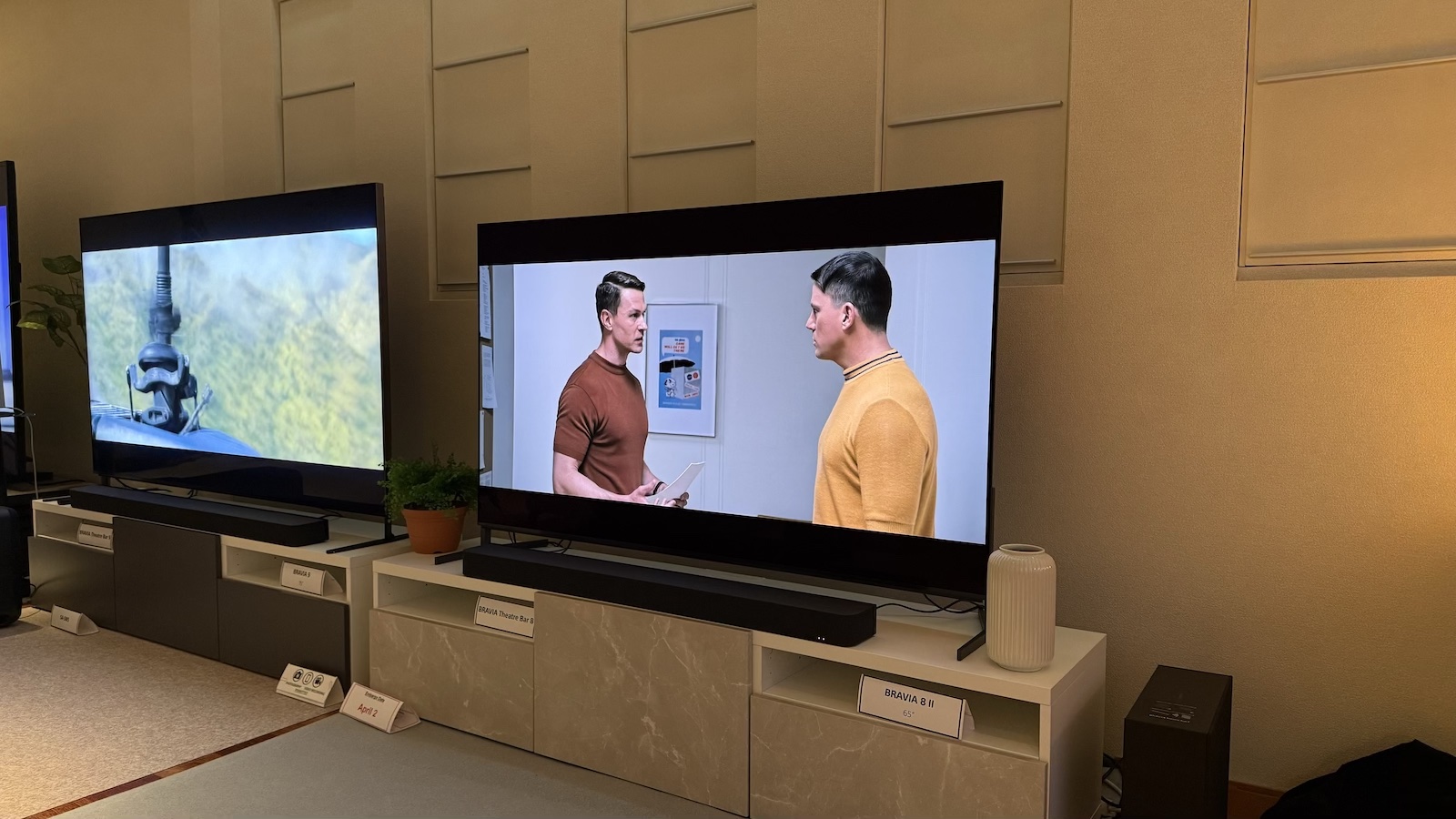iPhone 15 vs iPhone 14: what's the difference?
Is the iPhone 15 worth an upgrade? Find out how it differs from the iPhone 14 in all the key areas
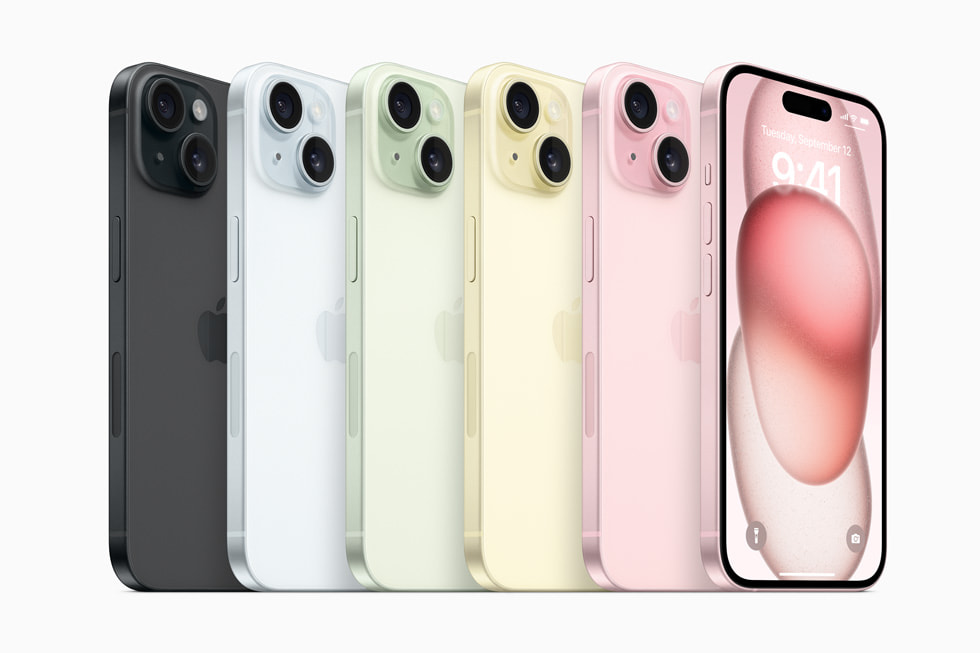
You may have noticed a new iPhone has launched. The iPhone 15 has the Dynamic Island, a new camera, textured edges and a USB-C port in place of the Lightning connector. It looks like quite a package.
But how does it compare to the iPhone 14? Is it worth upgrading? And are there any meaningful changes to the music and video experience? We've pitted the features and specs of the two phones side by side so you can see what's new, and make an informed decision.
iPhone 15 vs iPhone 14: price
We're so used to everything getting more expensive that when we saw the iPhone 15 prices we did a double take. It starts at £799 / $799 / AU$1499 – in the UK, that's actually £50 cheaper than the iPhone 14 launch price, which is very welcome indeed.
Of course, the iPhone 14 has become cheaper since the new iPhone launched. It now starts at £699 / $699 / AU$1299 – a drop of £150 / $100 / AU$100 on the original RRP.
** Winner: iPhone 14 **
iPhone 15 vs iPhone 14: design
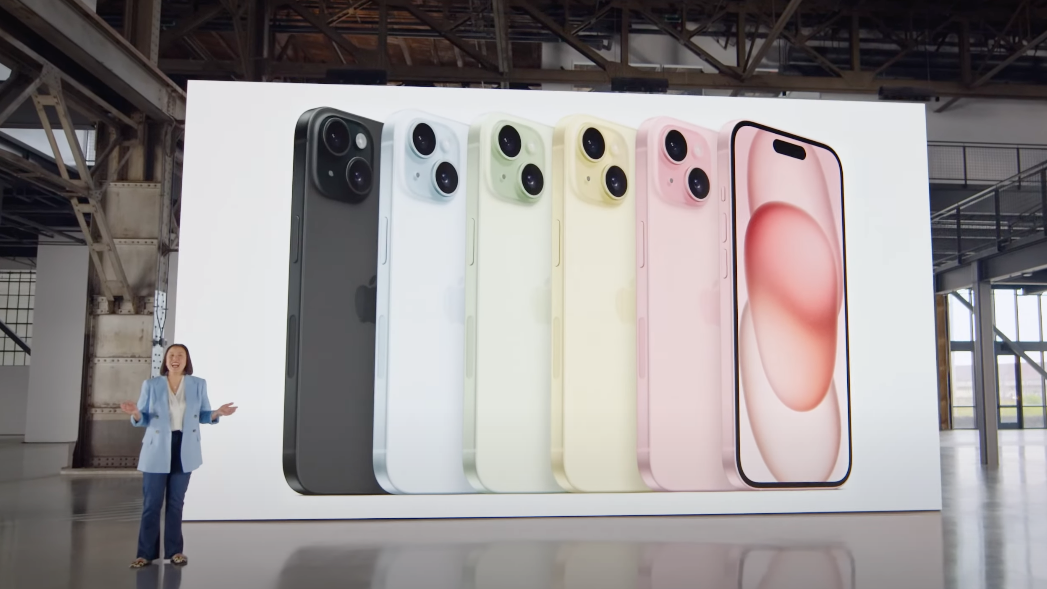
It's not often that Apple overhauls the iPhone's design... and it didn't in this instance. Though there are some changes.
The iPhone 15 has new contoured edges and comes in a different range of colours (pink, yellow, green, blue and black). Apple has also infused the colours through the back glass, which has a "textured matte finish". And as expected, the Lightning port has been switched to USB-C, a change forced by a new EU law which comes into effect next year.
Other than that, the iPhone 15 looks pretty similar to the iPhone 14, down to the same 6.1-inch screen. Which, in turn, is nigh-on identical to the iPhone 13.
Cynics might baulk, but the flip side is that the iPhone has such a winning design that it would be pointless changing it for change's sake. And fear not, the iPhone 15 does have some changes to freshen it up...
** Winner: iPhone 15 **
iPhone 15 vs iPhone 14: features
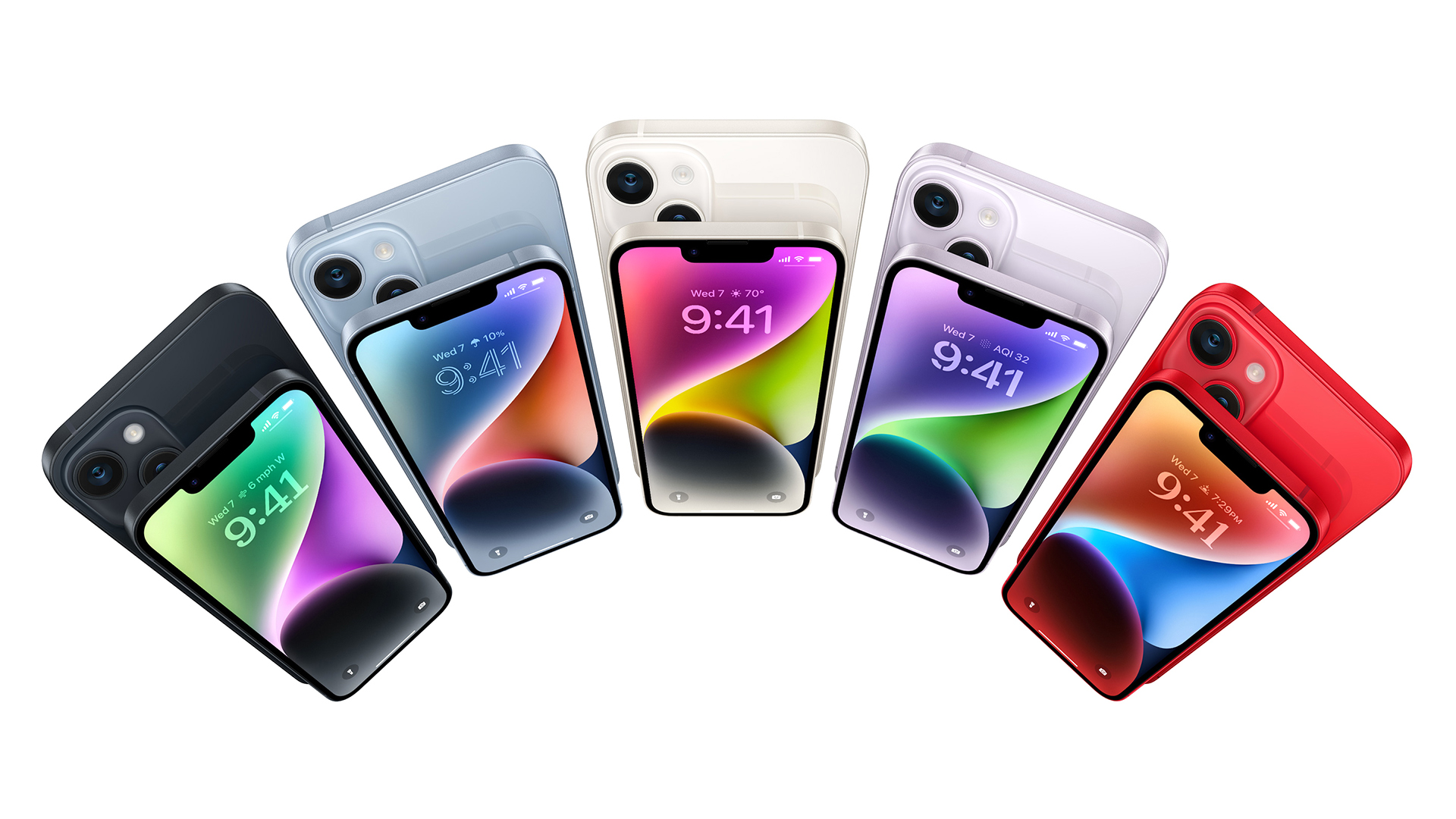
Expectations are always high come an iPhone launch, and the handset invariably fails to live up to the hype. But that's more a sign of the hype than a failing of the phone. Because the iPhone 15 does have some improvements.
Firstly, it gets the Dynamic Island that made its debut on the iPhone 14 Pro. This sits in the screen cutout and reacts to whatever you're doing on the phone at the time – it can show notifications, the progress of a song playing, a timer, directions in Apple Maps, and more.
The camera has been beefed up, too. It now has the same 48 megapixels as the Pro models (though it lacks the Pro's telephoto lens). This should make for more detailed snaps. And there are some improvements to computational photography – you don't have to shoot in Portrait mode anymore, for example, you can simply turn the snap into a background-blurred portrait after the effect in the Photos app.
While the iPhone 15's screen still lacks the Pro's 120Hz refresh rate and always-on functionality, it does have a new peak brightness of 2000 nits. On paper at least, that's around the same level as a high-end TV, and twice as much as the iPhone 14. We're yet to test it for ourselves, so we can't comment on how noticeable the difference is, but in theory, it should make the screen much clearer in bright sun.
It runs on the A16 Bionic processor from the iPhone 14 Pro, but we were disappointed to see no battery gains for the new generation. The comparatively low battery life is one of the iPhone's most unpopular features.
Also worth highlighting: the iPhone 15's new USB-C port is limited to the same data transfer speeds as the old Lightning port. If you want faster speeds, you need to pay extra for the iPhone 15 Pro or Pro Max, which have USB 3.0 rather than 2.0.
While the iPhone 14 lacks these features, it still has plenty to offer. The Super Retina XDR screen is the same size as the iPhone 15's and while the resolution is very slightly lower, it's unlikely to be noticeable.
HDR10, Dolby Vision and HLG versions of HDR are all supported. And while the iPhone 14's 12-megapixel camera might look a little low-specced compared to the 15's, it still takes great photos.
** Winner: iPhone 15 **
iPhone 15 vs iPhone 14: picture quality
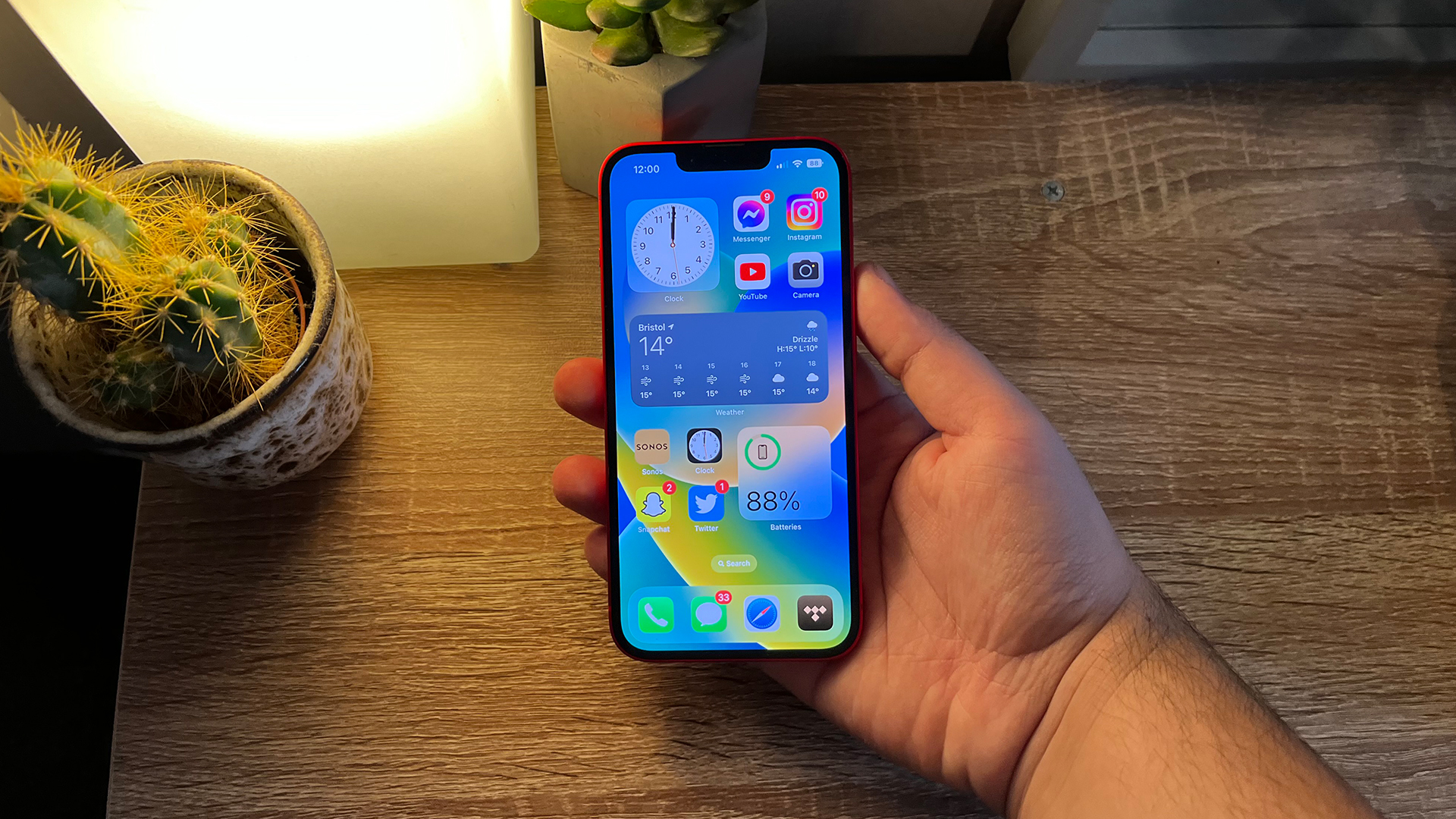
We haven't tested the iPhone 15 yet, so can't comment on the picture quality. But on paper, all the signs are good. The extra brightness should boost the contrast, though it'll be interesting to see if Apple has retained the same level of dark detail. And the screen is a little higher resolution (2556 x 1179 pixels, versus 2532 x 1170 pixels), though that's unlikely to make much difference to the naked eye.
But the 60Hz refresh rate is a real downer. Last year we lamented that 90Hz or even 120Hz screens are regularly seen on smartphones half the price of the iPhone 14, so for the iPhone 15 to miss out again is a real shame.
The iPhone 14 delivers sharp, well-balanced and bright pictures, bringing a natural look to skin tones. It's a fine balance to strike between natural and punchy, but the iPhone 14 makes it look effortless. Contrast is impressive too, offering bright whites and colours without sacrificing dark details. It all adds up to an image with plenty of depth, making for a more immersive viewing experience. Can the iPhone 15 do better? We hope so.
We'll update this section once we've put the iPhone 15 through our rigorous testing process.
**Winner: TBC **
iPhone 15 vs iPhone 14: sound quality
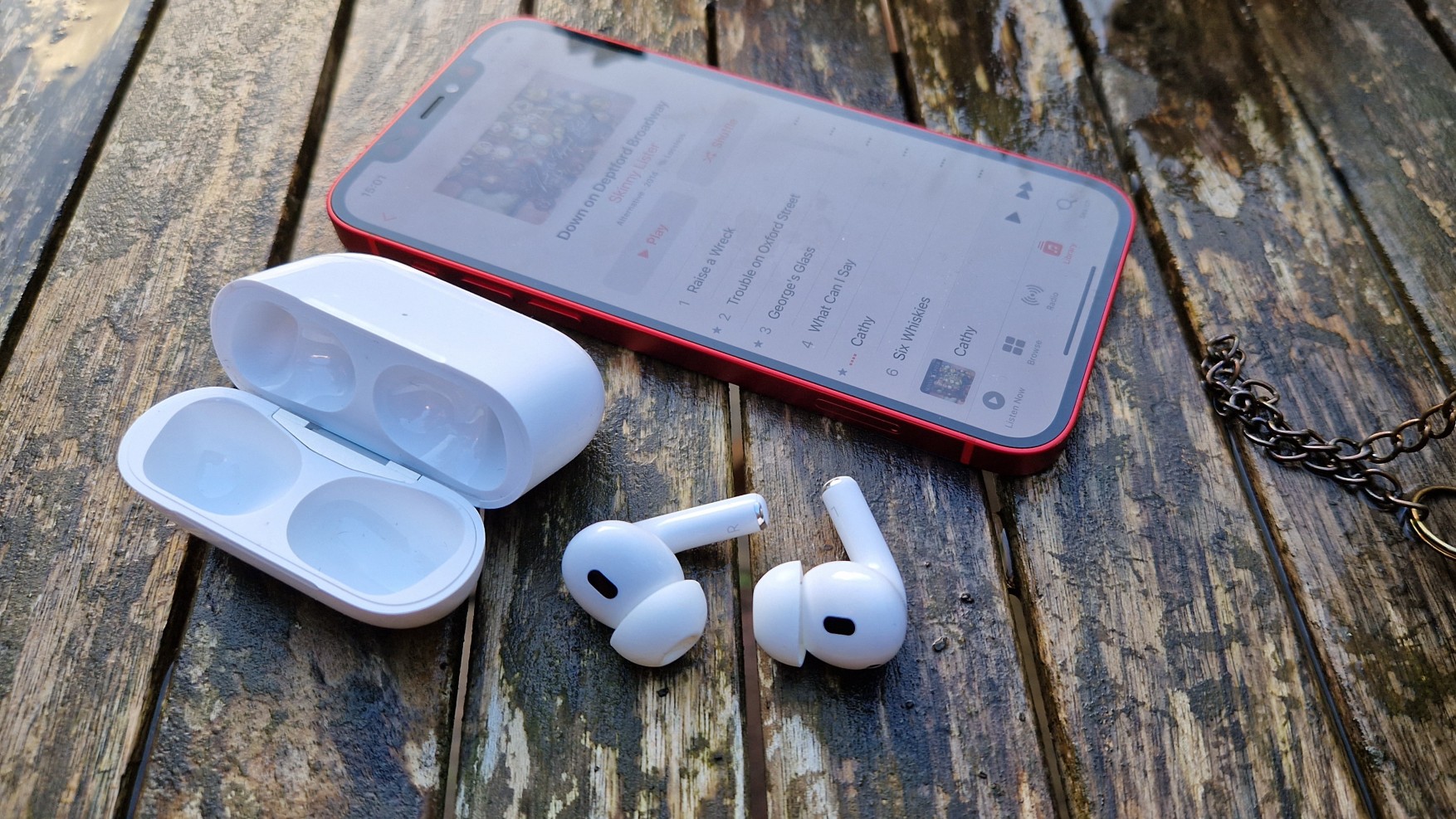
The iPhone 15's USB-C port won't increase the sound quality in itself, but it will make it easier to plug in a DAC, which you'll need if you want higher-quality tunes. It will also make it easier to plug in a pair of wired headphones – you'll no longer need a Lightning-to-USB-C adapter or headphones with a Lightning connector. The wider choice of USB-C headphones should mean a more frictionless route to better-quality audio. (And of course: wireless.)
Now, as we haven't tested the iPhone, we can't comment on its sound quality. But if it's anything like the iPhone 14, we should be in for a treat.
With wired headphones, the 14 offers weighty bass, sparkling vocals and plenty of texture. Timing is snappy and the excellent handling of dynamics allows dramatic sections of a song to punch through alongside the softer moments. Bass could be slightly better as it lacks impact at times, but it still outperforms other phones at this level.
Again, we'll update this section once we've reviewed the iPhone 15.
** Winner: TBC **
iPhone 15 vs iPhone 14: early verdict
Until we've reviewed the iPhone 15, we can't say for definite which is the better handset. But if picture and sound quality are at least on par with its predecessor, the iPhone 15 should be one of the best phones of the year. After all, we loved the iPhone 14.
Whether it's right for you will really come down to how much you value the small improvements. The camera should provide more detailed photos, but then the iPhone 14's camera is already pretty brilliant. The Dynamic Island is a nice to have, but we can't see it being essential for many people. And the design improvements are by the by, as most people will stick the phone in a case. But the new processor, brighter screen and USB-C port are all very welcome additions to what was already a superb handset.
We'll update this page once we've reviewed the iPhone 15.
MORE:
iPhone 15 vs iPhone 15 Plus: the key differences for music and movies
iPhone 15 Pro vs iPhone 15 Pro Max: what are the differences?
The best smartphones for movies and music
Get the What Hi-Fi? Newsletter
The latest hi-fi, home cinema and tech news, reviews, buying advice and deals, direct to your inbox.
Joe has been writing about tech for 20 years, first on staff at T3 magazine, then in a freelance capacity for Stuff, The Sunday Times Travel Magazine (now defunct), Men's Health, GQ, The Mirror, Trusted Reviews, TechRadar and many more. His specialities include all things mobile, headphones and speakers that he can't justifying spending money on.

